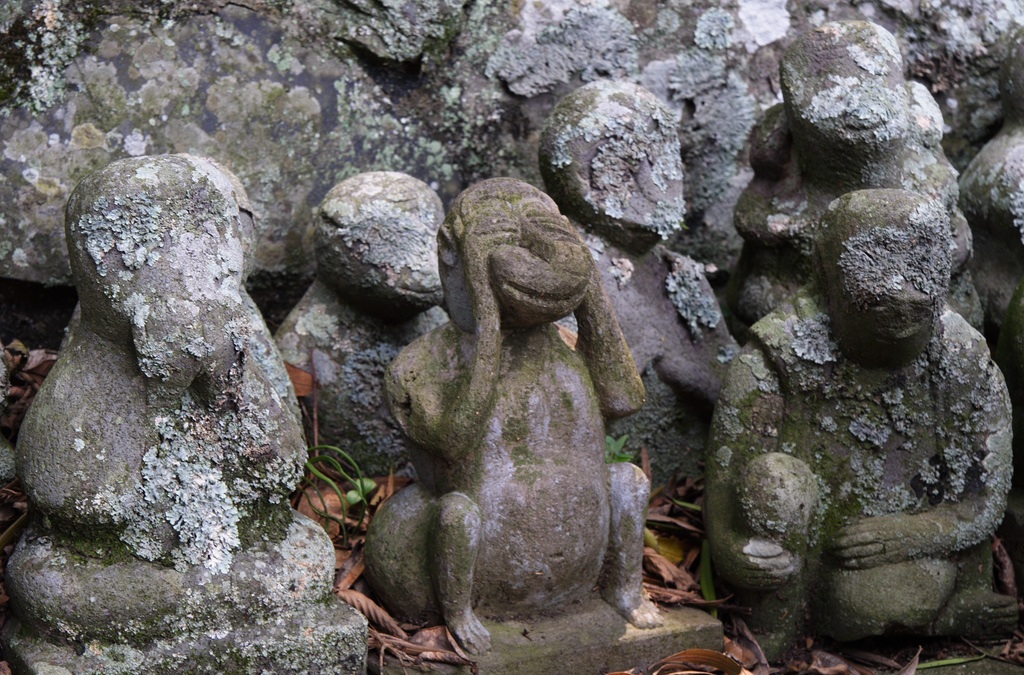 In the olden days of innocence, I used to ask my doctor about curing my various compelling anxieties and he said not to worry about it, most accomplished professionals were a little obsessive-compulsive. I wasn’t an accomplished professional so I assumed he was talking about himself and his friends, one of whom must have been AG here.
In the olden days of innocence, I used to ask my doctor about curing my various compelling anxieties and he said not to worry about it, most accomplished professionals were a little obsessive-compulsive. I wasn’t an accomplished professional so I assumed he was talking about himself and his friends, one of whom must have been AG here.
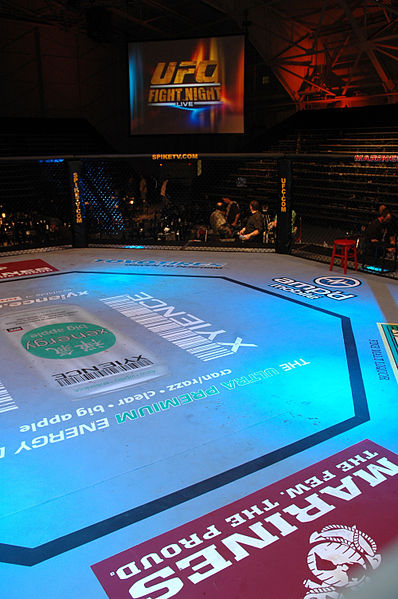 Tomorrow I will travel more than 3,000 kilometers, as the crow flies, to witness a little piece of combat sports history at the Ultimate Fighting Championship (UFC) debut Toronto event (Happy 32nd birthday to me!). Roughly 55,000 mixed martial arts fans will pack the Roger’s Center, and maybe a million more will tune in to pay-per-view to watch UFC Welterweight champion Georges St-Pierre (affectionately known as GSP) defend his belt – most likely successfully – for the last time.
Tomorrow I will travel more than 3,000 kilometers, as the crow flies, to witness a little piece of combat sports history at the Ultimate Fighting Championship (UFC) debut Toronto event (Happy 32nd birthday to me!). Roughly 55,000 mixed martial arts fans will pack the Roger’s Center, and maybe a million more will tune in to pay-per-view to watch UFC Welterweight champion Georges St-Pierre (affectionately known as GSP) defend his belt – most likely successfully – for the last time.
A two-time Rogers Sportsnet Canadian Athlete of the Year, GSP is not retiring; rather, he’s so good that he’s cleaned out the welterweight (156-170 pound) division and needs to move up a weight class to find another fighter who can give him a run for his money. His background is in karate, his wrestling is world class, his jiu-jitsu is strategically sound and he follows carefully orchestrated game plans for each match-up, capitalizing on the specific weaknesses of his opponent. GSP is known for being a gentleman’s fighter and a highly intelligent and principled person.
The middleweight (171-185 pound) division, to which GSP will be rising, is currently dominated by a lightening-fast, creative and playful fighter from Brazil named Anderson Silva. This guy pulls off moves that look like they’re from The Matrix and in most of his fights he is visibly bored, filling the time with showy capoeira dancing and general mockery of his opponents. His striking is spookily accurate and he regularly embarrasses even elite fighters. In the GSP-Silva fight, the odds are on Silva.
There is no set formula for fight match-ups in UFC. They tend to arise both from the art of matchmaker Joe Silva (no relation to Anderson) and from political will among the fan base. The projected superfight is being held partly in the service of an abstract question dear to the hearts of combat sports fans: Who is the best Pound-for-Pound fighter in the world? That is, if all questions of natural physique are held constant, who wins the contest of skill?
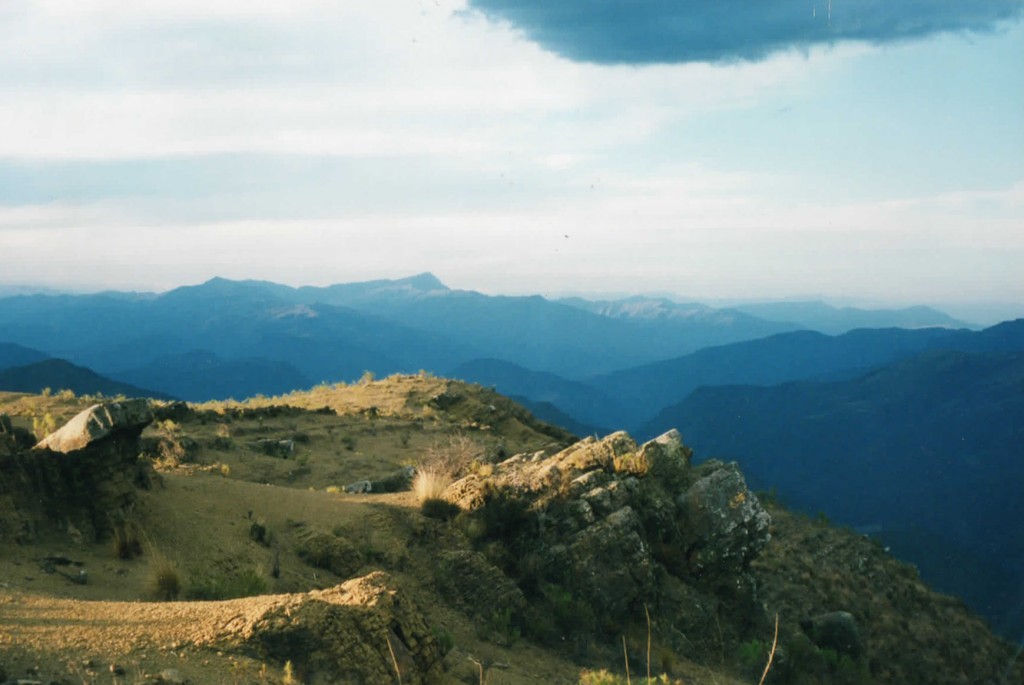
*Warning: This post starts with a story, ends with a rant, and has little to do with science. Read at your own risk.
In 2001, I joined the Peace Corps and moved to a tiny village in the middle of Bolivia called Chuqui Chuqui. My job description was vague. I taught some English. I gave talks on nutrition and hygiene. I showed the kids how to make recycled paper. Mostly, I just kind of coasted, not really knowing what to do. My Bolivian “counterpart” — a guy named Walter who was supposed to keep me occupied — didn’t live in my village and only visited every other week. His job was to help the teachers develop their curricula, and he had many schools to oversee.
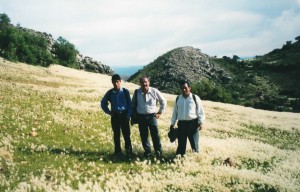
One day, Walter asked me if I wanted to accompany him on a trip to visit some nearby schools. The schools he planned to call on were up in the mountains. The rains had washed much of the road away, and we didn’t have a car. So this would be a three-day walking tour. To avoid the heat, we set off at an ungodly hour — five or six in the morning. Walter picked his way through the rocky ravine like a goat with the instincts of homing pigeon. Five long hours and many switchbacks later, we arrived at Qullpana — our first stop. And that afternoon, we made our way to Kikijana.
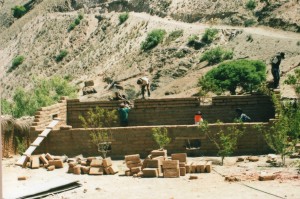
These towns, with their smattering of ramshackle adobe sheds and lack of electricity, made Chuqui Chuqui, my small village, look modern and well equipped. I immediately fell in love with the region and decided I wanted to work there. Because of the altitude and the cold, not many vegetables grow in Qullpana and Kikijana. So after several meetings, the residents and I decided to build two school greenhouses — one in each town. It took many months. Even though my dad had volunteered to donate the money — $400 — I had to draft a project proposal. Members of the community had to make adobe bricks. And we had to haul the other supplies up on donkeys. I wouldn’t call the greenhouses an unmitigated success, because I have no idea if they’re still in operation. I tell you these things because they are the facts. And this blog is nonfiction. So I would never say that I had built 11 greenhouses. Nor would I tell you that I was once held at gunpoint on the road between Kikijana and Qullpana. If I did, I would be lying.
See? It’s easy to sort out fact from fiction. I don’t understand why Greg Mortenson is having such a hard time.
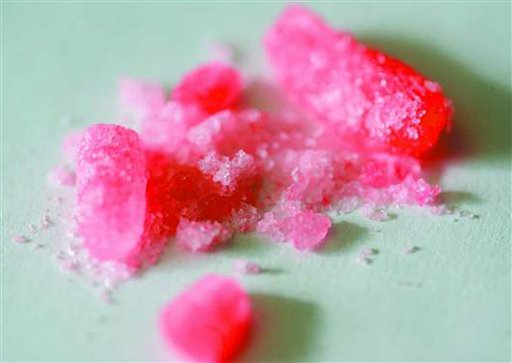 Pam is a former methamphetamine user. On a website for recovering addicts, she posted an entry from a journal she kept at the height of her problem, when she was 19 years old. It’s an engrossing story about how meth — snorted throughout the day, but always at lunch time, in a parking lot — has ravaged her body and personal relationships. Here’s the part I want to talk about:
Pam is a former methamphetamine user. On a website for recovering addicts, she posted an entry from a journal she kept at the height of her problem, when she was 19 years old. It’s an engrossing story about how meth — snorted throughout the day, but always at lunch time, in a parking lot — has ravaged her body and personal relationships. Here’s the part I want to talk about:
…I stopped and got a milkshake to try to make myself feel better. The guy in line was flirting with me. I couldn’t smile at him, it was too hard. I answered all of his questions in between grinding my teeth. I sat in my car and forced the disgusting milkshake down my throat. I didn’t feel better until I did another one. I couldn’t get the whole Chick-fil-A biscuit down this morning, but I managed to eat the hash browns. The bad part is, I drove 30 minutes out of my way to go to Chick-fil-A house because I was craving a sweet tea. So, I was late to work… I’m just here killing time until my lunch break. The lunch break I take daily. When I say I’m going to Brittany’s to eat. Then I drive to the Wal-Mart and park.
From television, books and the popular press, I thought I’d already heard about all of the nasty effects of crank: paranoia, stroke, heart problems, acne, loss of appetite, loss of teeth. But what about these carb cravings?
Meth support websites are littered with stories of addicts hankering for sweets but, as far as I can tell, the topic gets little attention in the scientific literature. (I did find one report, conducted by dentists, showing that meth users are more likely to drink soda than are non-users.) A fruit fly study published yesterday provides a possible molecular explanation for the meth-induced sweet tooth.
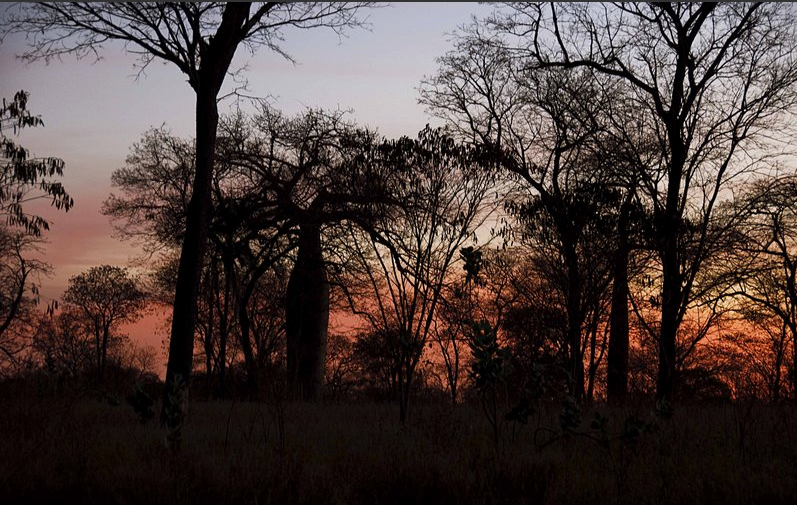 Being an environment reporter during the sixth great extinction can be a bit of a drag. Sure, there are tons of important, dramatic stories to cover, but they’re all so darned depressing. Oil spills, nuclear accidents, pillaged seas, the whole climate mess? Ugh. A decade or two of that every week can really start to get a person down.
Being an environment reporter during the sixth great extinction can be a bit of a drag. Sure, there are tons of important, dramatic stories to cover, but they’re all so darned depressing. Oil spills, nuclear accidents, pillaged seas, the whole climate mess? Ugh. A decade or two of that every week can really start to get a person down.
So you can imagine that when I opened an email from a sometime source with the subject line “news from Brazil,” I wasn’t exactly expecting to be buoyed.
What I found instead was such a pleasant surprise that I’m pledging to avoid being grim for this entire post.
Arturo Sanchez-Azofeifa is one of those researchers whose work is easier to describe than it is to label: he uses satellite imaging to study forests in Latin America, to see what happens when people cut them down, and to try to figure out ways to get them, once in a while, to stop. He’s also one of those sources who seem to have done something else remarkable every time you turn around. His latest news involves not just trees, local communities and agricultural expansion, but politicians, a supreme court, and possibly the best evidence yet that pure scientists and social scientists can get a heck of a lot more done when they work together.
Every day, it seems, new research “raises hopes” that stem cells will cure a new disease. I myself have written about the enormous potential of stem cells more times than I can count. Since stem cells can transform into any type of cell in the body, they might become a source of replacement cells for diseases in which sick cells malfunction or die.
And yet, earlier this month, there was a piece of stem cell news that nobody seemed to care about: one of the few companies that is actually trying to develop stem cells into therapies announced that it was abandoning a clinical trial. The news came in a press release issued on a Friday, as bad news often is; that tends to dampen the bad publicity. And indeed, no major newspaper or magazine covered the story.

I was teetering along the concrete track at about 5 miles per hour, a pathetic speed that nonetheless significantly exceeded my comfort zone. “Baseball slide,” barked a blonde pixie in a tiny pink skirt and massive black TSG kneepads over leopard-print tights. I tensed my core, gingerly lowered my left knee, and on impact, slipped the other leg through like a baseball player sliding into home plate. After an awkward couple of meters, I came to a stop leaning on my left hip and elbow, my right leg stretched up in what could only be called a “cheesecake” pose. “Blow us a kiss!” yelled one of the other newbies.
This is what the London Rollergirls charmingly refer to as “fresh meat,” the intake session for roller derby novices: a grueling four hours of falling and skating, and falling, and skating.
I had wobbled in that morning, 10 years off skates and terrified. I had just attended a bout in which an all-star Roller girl was carted off on a stretcher. What possible hope did I have of walking out of here with my ass in one piece?
But I was set to rights by that little pixie, a veteran roller girl named Emmeline May who goes by the skate name “May B. Twisted.” It turns out that staying in one piece in a violent full-contact sport like roller derby isn’t about defensive plays or speed. It’s about knowing exactly how to hold your body–whether you’re skating, hitting or falling–so that it never gets caught off guard. If Twisted is particularly good at teaching us how to hold our bodies, it’s because in addition to being a top notch trainer and formidable roller girl, she has a chronic illness that puts many of its victims into wheelchairs.
Continue reading
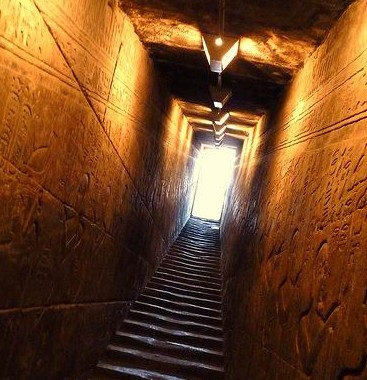 Most archaeologists I know have a soft spot for Indiana Jones. They might not admit it. They might grimace at the famous bullwhip and guffaw at all the suspension-bridge antics over crocodile-infested waters. But despite that, or perhaps because of it, Indiana Jones often captures something from a defining moment in their lives. It reminds them—as little else can—of childhood and their Howard Carter/Gertrude Bell dreams of becoming archaeologists, of going it alone, of mastering ancient Egyptian hieroglyphs, of roaming faraway deserts and discovering the golden treasures of ancient kings. Could anything that adults do be more fun?
Most archaeologists I know have a soft spot for Indiana Jones. They might not admit it. They might grimace at the famous bullwhip and guffaw at all the suspension-bridge antics over crocodile-infested waters. But despite that, or perhaps because of it, Indiana Jones often captures something from a defining moment in their lives. It reminds them—as little else can—of childhood and their Howard Carter/Gertrude Bell dreams of becoming archaeologists, of going it alone, of mastering ancient Egyptian hieroglyphs, of roaming faraway deserts and discovering the golden treasures of ancient kings. Could anything that adults do be more fun?
At the end of this month, Montreal Science Centre is hosting the world premiere of an exhibit entitled Indiana Jones and the Adventure of Archaeology. On display will be props and models from the George Lucas movies as well as some lovely ancient eye candy from the collections of the University of Pennsylvania Museum. The exhibit will surely draw huge crowds, including, I suspect, most archaeologists from the region.
What I find fascinating though is how little this childhood dream matches the very real, very adult pleasure of working in the field. It’s a pleasure that has little to do with adrenaline, and much to do with other kinds of human chemistry. Continue reading
